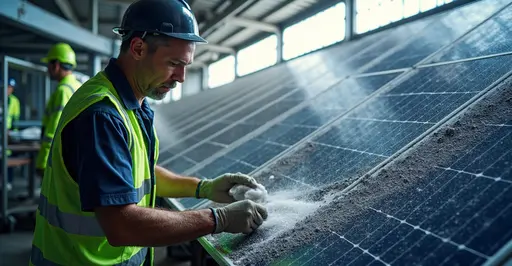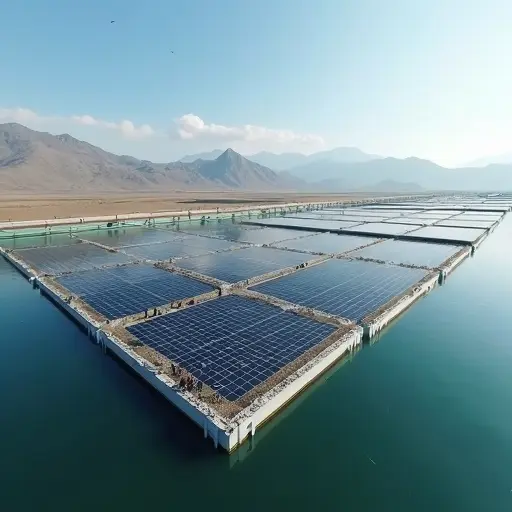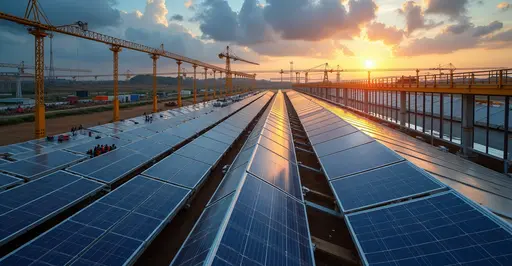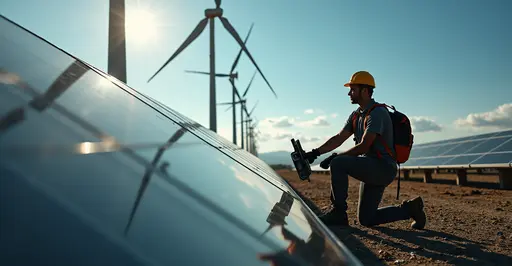
The Rise of Solar Panel Recycling
The solar energy revolution that began decades ago is now creating an unexpected secondary market: solar panel recycling. As millions of solar panels installed in the early 2000s reach the end of their 25-30 year lifespan, a new industry is emerging to handle the growing volume of end-of-life photovoltaic modules.
Why Recycling Matters Now
Solar panels contain valuable materials including silicon, silver, copper, aluminum, and glass. Traditional disposal methods would waste these resources and potentially create environmental hazards. With the first major wave of solar panel retirements expected between 2025-2030, recycling infrastructure is becoming crucial for sustainable energy transition.
Innovative Startups Leading the Way
Several innovative startups have emerged to address this challenge. Companies like SolarCycle, ROSI, and PV Cycle are developing advanced processes to recover up to 95% of materials from decommissioned panels. These companies use mechanical separation, thermal processing, and chemical treatments to extract valuable components.
The Recycling Process Explained
The recycling process typically involves several stages: removal of aluminum frames, separation of glass from silicon cells, and recovery of precious metals. Advanced techniques can recover high-purity silicon for reuse in new panels, silver for electronics manufacturing, and copper for various industrial applications.
Market Growth Projections
Industry analysts project the solar panel recycling market to grow from $170 million in 2025 to over $2.7 billion by 2030. This represents a compound annual growth rate of over 30%. The European Union's Waste Electrical and Electronic Equipment (WEEE) Directive has been a major driver, requiring manufacturers to take responsibility for end-of-life products.
Economic and Environmental Benefits
Recycling solar panels reduces the need for virgin material mining, decreases energy consumption in manufacturing, and prevents hazardous materials from entering landfills. The recovered materials can significantly lower production costs for new solar panels, making renewable energy more affordable.
Challenges and Opportunities
The industry faces challenges including transportation costs, varying panel designs, and the need for standardized recycling processes. However, these challenges also represent opportunities for innovation and job creation in the green technology sector.
Global Initiatives and Regulations
Countries worldwide are implementing regulations to address solar panel waste. The EU leads with comprehensive recycling requirements, while the US is developing state-level regulations. China, as the world's largest solar panel manufacturer, is also establishing recycling infrastructure to handle domestic waste.
Future Outlook
As solar energy adoption continues to grow globally, the recycling industry will become increasingly important. Experts predict that by 2050, the solar panel recycling market could handle millions of tons of material annually, creating a circular economy for renewable energy components.

 Nederlands
Nederlands
 English
English
 Français
Français
 Deutsch
Deutsch
 Español
Español
 Português
Português









